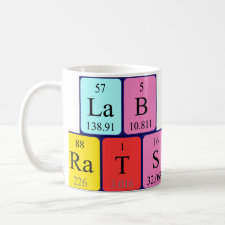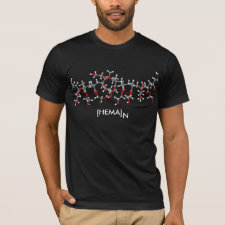
Authors: Nabavi SA, Vladisavljevic GT, Eguagie EM, Li BC, Georgiadou S, Manovic V
Article Title: Production of spherical mesoporous molecularly imprinted polymer particles containing tunable amine decorated nanocavities with CO2 molecule recognition properties.
Publication date: 2016
Journal: Chemical Engineering Journal
Volume: 306
Page numbers: 214-225.
DOI: 10.1016/j.cej.2016.07.054
Alternative URL: https://www.researchgate.net/publication/305392909_Production_of_spherical_mesoporous_molecularly_imprinted_polymer_particles_containing_tunable_amine_decorated_nanocavities_with_CO2_molecule_recognition_properties
Abstract: Novel spherical molecularly imprinted polymer (MIP) particles containing amide-decorated nanocavities with CO2 recognition properties in the poly[acrylamide-co-(ethyleneglycol dimethacrylate)] mesoporous matrix were synthesized by suspension polymerization using oxalic acid and acetonitrile/toluene as dummy template and porogen mixture, respectively. The particles had a maximum BET surface area, SBET, of 457 m2/g and a total mesopore volume of 0.92 cm3/g created by phase separation between the copolymer and porogenic solvents. The total volume of the micropores (d < 2 nm) was 0.1 cm3/g with two sharp peaks at 0.84 and 0.85 nm that have not been detected in non-imprinted polymer material. The degradation temperature at 5% weight loss was 240-255 °C and the maximum equilibrium CO2 adsorption capacity was 0.56 and 0.62 mmol/g at 40 and 25 °C, respectively, and 0.15 bar CO2 partial pressure. The CO2 adsorption capacity was mainly affected by the density of CO2-philic NH2 groups in the polymer network and the number of nanocavities. Increasing the content of low-polar solvent (toluene) in the organic phase prior to polymerization led to higher CO2 capture capacity due to stronger hydrogen bonds between the template and the monomer during complex formation. Under the same conditions, molecularly imprinted particles showed much higher CO2 capture capacity compared to their non-imprinted counterparts. The volume median diameter (73-211 μm) and density (1.3 g/cm3) of the produced particles were within the range suitable for CO2 capture in fixed and fluidized bed systems
Template and target information: oxalic acid, dummy template, carbon dioxide, CO2
Author keywords: CO2 recognition property, Molecularly imprinted polymer adsorbents, Amide decorated cavities, Post combustion carbon capture, suspension polymerization, Dynamic CO2 adsorption isotherms



Join the Society for Molecular Imprinting

New items RSS feed
Sign-up for e-mail updates:
Choose between receiving an occasional newsletter or more frequent e-mail alerts.
Click here to go to the sign-up page.
Is your name elemental or peptidic? Enter your name and find out by clicking either of the buttons below!
Other products you may like:
 MIPdatabase
MIPdatabase









